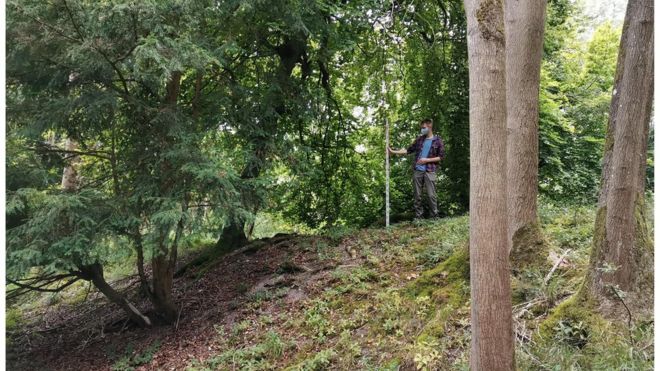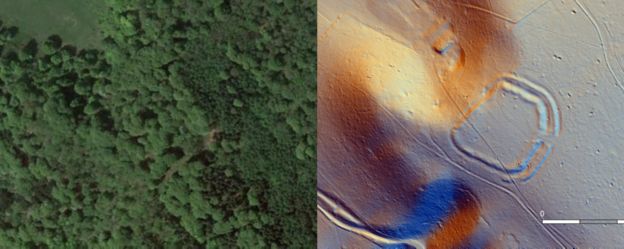Volunteers Spot Iron Age Hillfort in Southern England
According to a BBC News report, volunteers with the Beacons of the Past project identified the possible site of an Iron Age hillfort covered with trees and foliage in lidar images of the southern Chiltern Hills, a chalk escarpment stretching 45 miles across southern England.
From digital survey images, last year and the hillfort was verified on 6 August. It is thought the circular site dates from the early Iron Age in England, between 800BC and 500BC.
Work will take place to preserve the site.

The remains of the hillfort include a 9m-wide (30ft) bank and an external ditch that is 7m (23ft) wide.
Its perimeter is more than 500m (1,640ft) in length and it is thought it would have covered 7.5 acres (3 hectares).
Despite the name, hillforts are often neither on a hill nor used as forts. Archaeologists believe they may have been used as defended settlements, production sites, or stock enclosures.
The new site in the southern Chilterns was first identified through images from a large scale LiDAR scan of the area. LiDAR technology can penetrate foliage that might hide archaeological sites, using laser pulses.
Beacons of the Past’s trained volunteers, known as “citizen scientists”, helped look through LiDAR data to help identify sites.
The exact location of the hillfort has not been disclosed to protect the site and the landowner’s privacy.

Work will take place to preserve what remains of the hillfort, but there are no plans to excavate the site at present.
Project manager and archaeologist Dr Wendy Morrison said: “Although one can never be certain of the age of a prehistoric earthwork without excavating for dating evidence, visual inspection of the rampart and ditch, paired with its location, dominating views in the landscape, give me the confidence to say this is very likely to be an Early Iron Age univallate hillfort.”
Beacons of the Past is a National Lottery Heritage Fund project hosted by the Chilterns Conservation Board.





